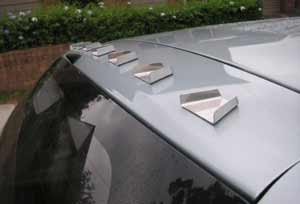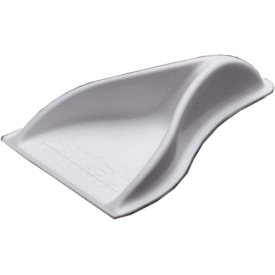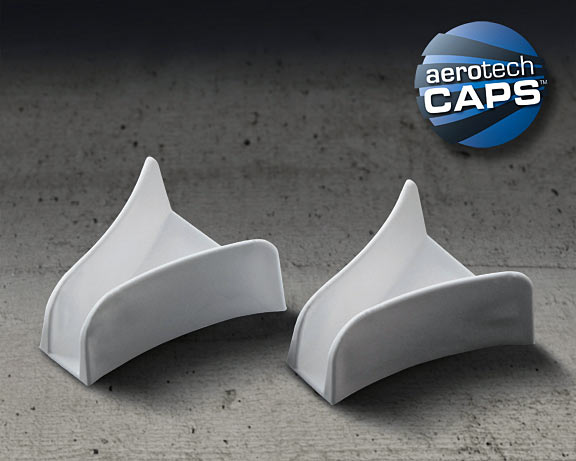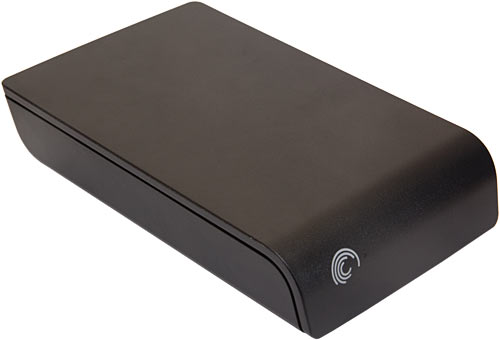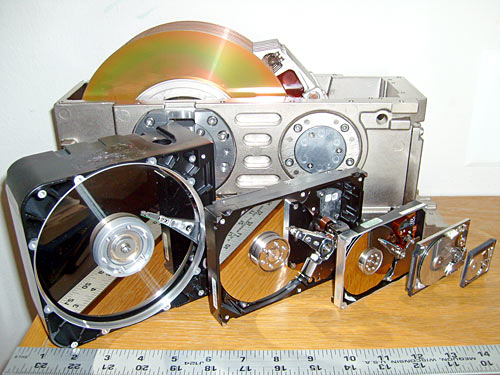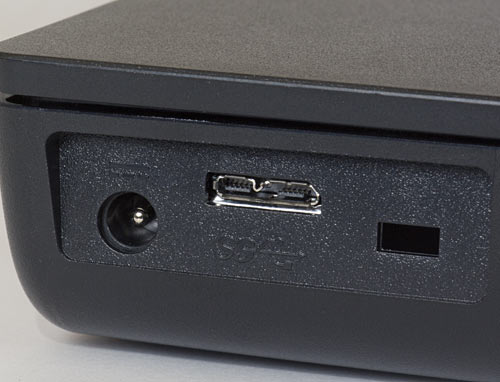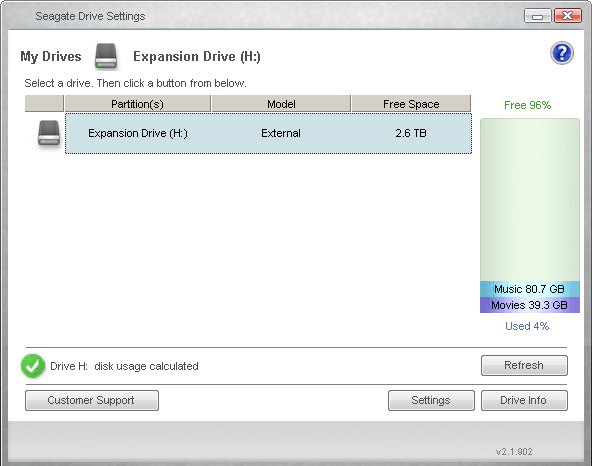A reader writes:
"Gaspods" - what's your take?
I've got no intention of buying these things, so no money's at stake either way, but I was curious what you thought of this very excited article in Wired today.
Glen
I read "gaspods" and I thought, oh, lord, is someone claiming they're the seeds of the gasoline tree?
Wait, no - perhaps they're packaged doses of a magic fuel additive, presented like those coffee-pod things or the little sealed cups of UHT milk.
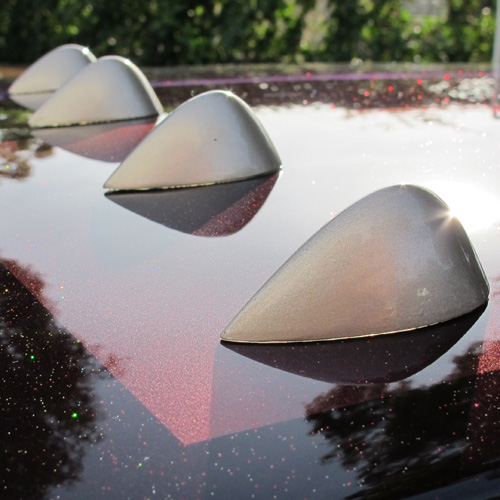
Actually, thank goodness, GasPods are little stick-on aerodynamic modifier things for cars, designed by one Bob Evans, who seems to have relevant qualifications. Chief among said qualifications is the "Force Fin" swimming flipper, which appears to have been favourably evaluated by the US Navy (I'm not sure why they had to file a Freedom of Information request to get those results, but it'd hardly be the most annoying interaction a business has yet had with a government body...) and also in a university study, although I'm not sure whether that study's ever been published anywhere, which is odd.
But never mind. Dude that made the things has various hydrodynamics qualifications, and hydrodynamics and aerodynamics are similar fields. Good so far.
Commenters on the Wired article weren't very impressed, not least because the article claims Bub Evans has managed to achieve "a 5 percent boost in efficiency for his Volvo Cross Country XC70", which by some wizardry means "a trip that would consume three-quarters of a tank now uses only half". Which would, of course, require a rather more than 5% improvement.
OK, let's presume the journalist misquoted the guy, and Wired's fact-checkers aren't all that they might be.
What claims does the actual GasPods site make, and what evidence do they provide?
On every page, the GasPods site says "Field testers' results exceed the 5% savings predicted by computational aerodynamic performance tests". The About page has a testimonial video claiming a better-than-20% fuel-economy gain in an Audi A4. And the Research page says "Initial Field Studies validate the computational results with participants realizing fuel savings of between 4% and 19%".
Those "computational results" on the research page are the entirety of the actual objective evidence that GasPods do anything at all. Simulated wind-tunnel tests allegedly reduced "the vehicle's drag coefficient by around five percent (5%)," and "Adding GasPods along the rear side of the vehicle further reduced its drag coefficient by an additional 1.6%, to increase the aerodynamic efficiency of the vehicles tested by 6.7%."
But, somehow, GasPods customers are reducing their fuel consumption by up to 19%.
The energy required to push a car through the air increases approximately with the square of the speed, because that's how aerodynamic drag increases. Drag is pretty much irrelevant in stop-start city traffic (unless you're pushing through a really fast headwind...), but the faster you go on the highway, the more drag matters.
Drag is not all that matters for highway fuel consumption, though. The most important other factor is the car's rolling resistance, caused by friction and deformation of the tyres on the road, but in the real world also including the friction and other energy loss in the whole of the rest of the drivetrain. There's also energy used for things other than propulsion, like power steering, electrical systems, the cooling system, air conditioning and so on.
Overall, drag is likely to account for rather more than half of highway-speed fuel consumption, a lot more than half if your vehicle is aerodynamically terrible, and proportionally more and more as you go faster and faster. But it's certainly not the only factor, and reducing drag won't change any of the other factors. (The crazier kinds of automotive talisman are claimed to improve not just drag or engine power, but umpteen other things, up to and including magically cleaning your car.)
The drag of a particular car design, expressed as the "coefficient of drag" or CD, has been a brochure selling point for a long time now. The equation to determine the actual value of the drag for a given car at a given speed is:
FD = 0.5 * p * v2 * CD * A
...where FD is the drag, p is the fluid mass density, v is the velocity, A is the reference area and CD is the coefficient of drag.
So, for instance, if your car has an unremarkable CD of 0.35, and you're driving at 120 kilometres per hour (75 miles per hour, 33 and a third metres per second), through air with a density of 1.2 kilograms per cubic metre, and your car is 1.5 metres high and two metres wide, giving it a "reference area" - sort of its frontal footprint - of three square metres, the drag works out as 0.5 * 1.2 * 33.33^2 * 0.35 * 3, which in this case adds up to the suspiciously round number of 700 newtons of drag force.
For our current purposes, it doesn't actually matter what the drag for a given car is, though. What this equation really tells you is that drag force, all other things being equal, is directly proportional to the coefficient of drag. There's nothing sneaky, like squaring of the CD, going on.
So if you reduce the coefficient of drag by 10%, drag drops by 10%, all other things being equal.
This puts a hard limit on the possible engine-load reduction from a given CD reduction; that limit is equal to that CD reduction, even if drag force is the only thing the car's engine has to work against, and thus the only thing determining fuel consumption.
We know, though, that drag at highway speed may account for more fuel consumption than all other factors put together, but it still doesn't account for all of the fuel consumption. Even if you manage to get a quite large reduction in CD, like 20% for instance (remember, the best computer-simulated reduction the GasPods site mentions is only 6.7%), the best you could reasonably expect that to give you in highway-speed engine-load reduction is about 15%.
A testimonial on the GasPods research page claims a highway-mileage improvement in a 2006 Ford Escape Hybrid from a rated 23 miles per gallon to 29.1mpg, a 26.5% improvement not just in drag, but in actual fuel consumption.
Eeeeeexcept it isn't, because the rated economy is an EPA drive-cycle number (I'm not sure which one; there are several variants of that car), not what you'll actually get in a given long drive. Everybody knows a car will get unusually good fuel economy in a long, flat drive with little accelerating or braking; it's often easy to beat the official "highway" number in a drive like that. For some reason the GasPods page doesn't take pains to point out that 23 miles per gallon was the government-rated fuel economy, not what the car actually got on the exact same drive before installation of the GasPods.
The GasPods people also invite buyers to join the "Test Team" and submit detailed mileage logs, in return for a discount and the warm and pleasant feeling of helping to save the environment.
This is better than the usual magic-car-gadget testimonial standard of "'Ah strapped them magnets on mah fuel line and now mah car sure do go faster!', says Steve No-Last-Name, allegedly of Jackson, Mississippi", but it's still subject to the problems that make uncontrolled, unblinded tests of car-enhancing devices fundamentally useless. Unless you don't know when the magic gadget or potion is being used, with someone swapping it in and out through the test period without your knowledge, and then you average large amounts of driving numbers with and without the gadget or potion, you're not going to get even slightly reliable results from an uncontrolled, non-drive-cycle, test. And blinded testing of a device that's clearly visible on the outside of the car is... difficult.
Without blinded testing, even if you average out large amounts of data rather than just eyeballing the fuel gauge and how fast your car "feels", you're still only going to generate yet another worthless testimonial. People are not calibrated testing mechanisms; you can't become unbiased by just trying to be.
Wait, that's not quite right. Testimonials may be worthless to anyone who wants to know whether the thing being tested actually works, but they can be really useful to people trying to sell that thing. Glowingly positive testimonials are essential advertising material for just about everybody in the woo-woo business, and they're plentifully useful for that, because most consumers don't know how worthless testimonials of this sort are.
Personally, having run into so many big ol' pages of testimonials on Web sites for countless mutually contradictory gadgets, medicines, religions and get-rich-quick schemes, I now take the presence of such testimonials on any site as strong evidence against the validity of the claims being made, even if they've got some real evidence in their favour as well.
I also find it very suspicious that the GasPods people, like the makers of numerous other magical car accessories, seem to be mysteriously allergic to actually doing their own proper tests. Or, heaven forfend, getting a reputable third party to do some tests for them.
For pity's sake, just take two identical cars, put GasPods on one of them, put them both at the top of a hill in neutral and see which one rolls further! (Then run the same test several more times to reduce confounding factors, making sure to test GasPods on both cars in turn, to correct for differences in weight, tyre pressure, bearing condition and so on. You could still get this done in a day, at minimal expense.)
Do these simple tests, use the results to persuade a third party - like a minor university, say - to do better tests without charging you much, use those results to claim the first small share of the billions of dollars per year that a device that really does reduce automotive fuel consumption by a significant fraction is worth, and use that revenue to move on to more and more reputable testers and users. Before you know it, you'll be the first fuel-saving product that the US government actually endorses!
But no. Like every other seller of magical car-enhancement devices and potions, the GasPods people have some skimpy allegedly empirical evidence from tests they did themselves, and plenty of testimonials, and they just sell their wares to anybody who's persuaded by this. (Between $US79.95 and $US124.95 plus shipping for a set of nine Pods! Order today!)
The only rational way to salvage the testimonial claims on the GasPods site is by speculating that reducing engine load by a given amount will reduce fuel consumption by a greater amount - so great an amount, in fact, that it allows an X-per-cent drag reduction to create a greater-than-X-per-cent fuel-consumption reduction, even when you take into account the unchanging rolling resistance and parasitic loads.
Such non-linear relationships do exist, especially at the extreme ends of engine load. When a car's sitting stationary at idle its fuel economy is of course zero, and when it creeps forward in stop-start traffic its miles-per-gallon will be terrible, too. Likewise, heavy load at wide-open-throttle consumes a disproportionately large amount of fuel per distance; a basic fuel-economy tip is to avoid accelerating up hills.
Over small portions of the power range of most engines, though, the relationship between load and fuel economy is pretty close to linear. And this is relevant to the GasPods claims; a drag reduction of 10% or less at highway speeds is obviously not going to make a big difference to engine load, because the engine was far from fully loaded to start with. It might matter to a drag racer, but not to a highway driver. At normal highway speeds you're certainly not going to reduce fuel consumption by almost 20% by reducing your drag coefficient by less than 10%.
So the explanation that reducing drag by a given amount reduces fuel consumption by a larger amount sounds completely demented to me. But it's the only explanation possible for the more impressive GasPods testimonials, besides "these testimonials are rubbish, like almost all other testimonials".
So, do GasPods do something? Quite possibly. The notion that odd changes to the shape of a vehicle can reduce its fuel consumption...
...is not at all implausible.
And, unlike most magic car gadgets and potions, GasPods don't rely for their operation upon the negation of fundamental theories of physics and automotive engineering.
Do GasPods do enough to make them worth the money, though?
Well, the people selling them have no good evidence to suggest this, and the evidence they do offer is very much the same physically-implausible unblinded-test anecdotal testimonial claptrap that's presented in favour of countless ridiculous automotive gadgets and potions.
This is a new product, so maybe they'll have proper evidence to show us soon.
Until that happens, though, I'd keep my money in my pocket.
UPDATE: It would appear that GasPods are not as remarkable, or at least as unusual, as their creators claim. There are actually quite a few vortex-fin products for cars and trucks.
